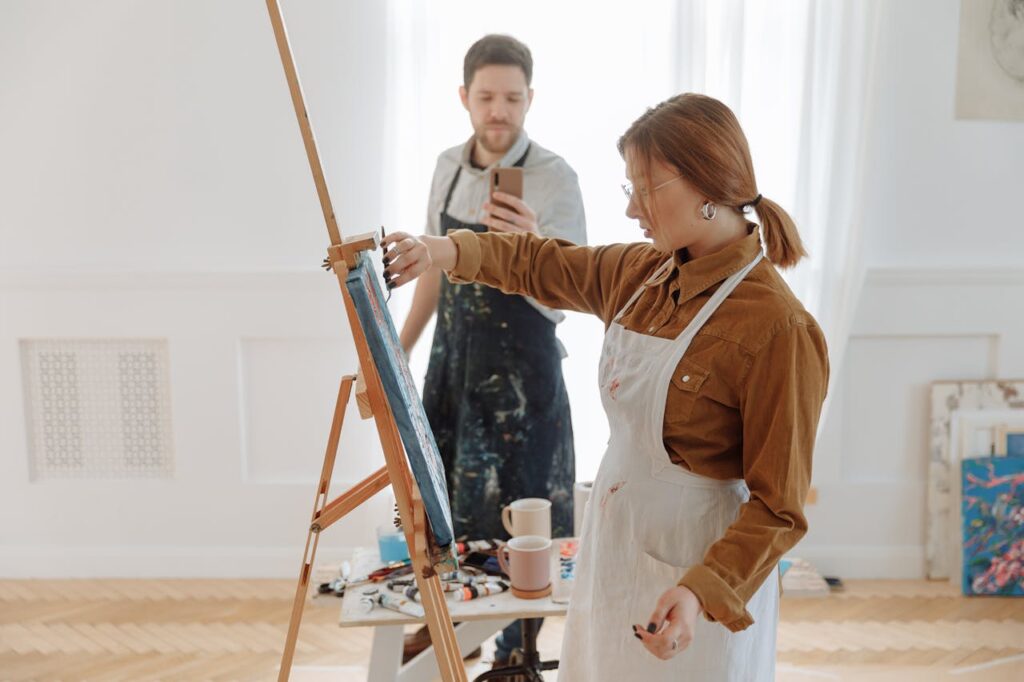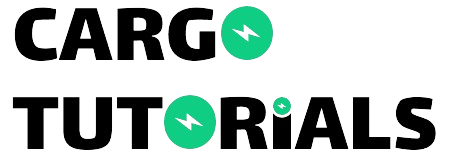How to Become a Professional Artist: A Step-by-Step Guide to Turning Passion into a Career
Introduction
The journey from creating art as a hobby to becoming a professional artist is both exhilarating and challenging. While talent and passion are essential, transforming your artistic skills into a sustainable career requires strategy, discipline, and business acumen. In this guide, we’ll break down the actionable steps for how to become a professional artist, covering everything from honing your craft to navigating the business side of the art world.

1. What Does It Mean to Be a Professional Artist?
Before diving into the “how,” let’s clarify the “what.” A professional artist is someone who treats their art as a career, not just a pastime. This means:
- Consistently producing high-quality work.
- Earning income through art sales, commissions, or related opportunities.
- Building a brand and audience.
- Approaching art with discipline, resilience, and a growth mindset.
Unlike hobbyists, professional artists prioritize deadlines, client relationships, and long-term goals. Ready to make the leap? Let’s begin.
2. Hone Your Craft: Master the Fundamentals

No matter your medium—painting, digital art, sculpture, or illustration—technical proficiency is non-negotiable. Here’s how to level up:
1. Formal Education vs. Self-Taught Learning
- Art School: Degrees in Fine Arts provide structured learning, mentorship, and networking. Institutions like RISD or SVA are renowned, but they’re not the only path.
- Online Courses: Platforms like Skillshare, Coursera, and Domestika offer affordable classes on niche techniques.
- Practice Daily: Dedicate time to sketching, experimenting, and studying masters. Challenge yourself with daily prompts or #Inktober.
2. Study Art Theory
Understand color theory, composition, anatomy, and perspective. Books like Color and Light by James Gurney or The Artist’s Way by Julia Cameron can deepen your knowledge.
3. Seek Feedback
Join critique groups or online communities like Reddit’s r/ArtCrit. Constructive criticism is invaluable for growth.
3. Build a Strong Portfolio: Your Artistic Resume

Tip: A standout portfolio is critical for anyone learning how to become a professional artist.
Your portfolio is your calling card. Follow these guidelines:
1. Quality Over Quantity
- Showcase 10–15 pieces that represent your best work.
- Include a mix of styles and subjects to demonstrate versatility (if applicable).
2. Tell a Story
Group works by theme, medium, or project. Add brief descriptions explaining your inspiration or process.
3. Keep It Updated
Regularly refresh your portfolio with new pieces. Remove older works that no longer reflect your current skill level.
Pro Tip: Create both a digital portfolio (website) and a physical version for in-person opportunities.
You can check out the website cargotutorials.com, where you’ll find a wide range of blogs and video tutorials about building websites using Cargo Collective (Cargo.site), a popular website builder for artists and designers.
4. Establish an Online Presence: Get Discovered
Tip: Learning how to become a professional artist means embracing digital marketing.
In today’s digital age, visibility is key. Here’s how to stand out:
1. Build a Website
Use platforms like WordPress, Squarespace, or Wix to create a sleek, SEO-optimized site. Include:
- Portfolio gallery.
- Artist biography and statement.
- Contact information and shop (if selling prints).
- Blog for sharing behind-the-scenes content.
2. Leverage Social Media
- Instagram: Post consistently, use hashtags (#ArtistsOnInstagram, #DigitalArt), and engage with followers.
- Behance/ArtStation: Ideal for reaching clients in gaming, animation, or design.
- TikTok/YouTube: Share timelapse videos or tutorials to build a loyal audience.
3. Optimize for SEO
Incorporate your focus keyword (how to become a professional artist) and related terms (e.g., “selling art online,” “artist portfolio tips”) in website content and blog posts.
5. Network and Collaborate: Grow Your Community
Networking accelerates your path to becoming a professional artist.
1. Join Art Communities
- Online: Art Subreddit, DeviantArt, Doodle Addicts, or Discord groups.
- Local: Art leagues, co-op galleries, or workshops.
2. Attend Events
- Art fairs, conventions (like Comic-Con), and gallery openings.
- Workshops or residencies to connect with mentors.
3. Collaborate
Partner with brands, writers, or musicians on projects. Collaborations expand your reach and add diversity to your portfolio.
6. Understand the Business Side: Treat Art as a Career
Tip: To become a professional artist, you must think like an entrepreneur.
1. Price Your Work Competitively
- Factor in materials, time, and market rates. Use the formula: (Hourly Rate × Time) + (Cost of Materials) × 2.
- Offer tiered pricing (e.g., prints vs. originals).
2. Draft Contracts
Always use contracts for commissions or collaborations. Specify deadlines, payment terms, and usage rights.
3. Manage Finances
- Track income/expenses with tools like QuickBooks.
- Set aside taxes (25–30% of earnings).
4. Diversify Income Streams
- Sell prints on Etsy or Society6.
- Teach workshops or Patreon tutorials.
- Apply for grants or artist residencies.
You can gain valuable insights by visiting the subreddit r/artbusiness. It’s a dedicated space to discuss all aspects of the business side of art, including client interactions, contracts, marketing strategies, social media, and merchandise production.
7. Stay Persistent and Adapt: Thrive Long-Term
Tip: Persistence is the backbone of how to become a professional artist.
1. Embrace Rejection
Galleries may say no, and commissions might fall through. Use feedback to improve, not as a reason to quit.
2. Set Goals
- Short-term: Complete a monthly art challenge.
- Long-term: Secure a gallery exhibition within two years.
3. Evolve with Trends
Stay updated on industry shifts (e.g., NFTs, AI art tools). Adapt without compromising your unique voice.
4. Prioritize Mental Health
Avoid burnout by setting boundaries and taking breaks. Creativity thrives when you’re energized.
Conclusion: Your Journey Starts Now
Becoming a professional artist is a marathon, not a sprint. By honing your skills, building a portfolio, embracing marketing, and mastering the business side, you’ll transform your passion into a fulfilling career. Remember, every renowned artist once stood where you are now—armed with a dream and the courage to begin.
Take the first step today. Sketch that idea, update your website, or reach out to a fellow creator. The world needs your art—now go claim your place in it.
